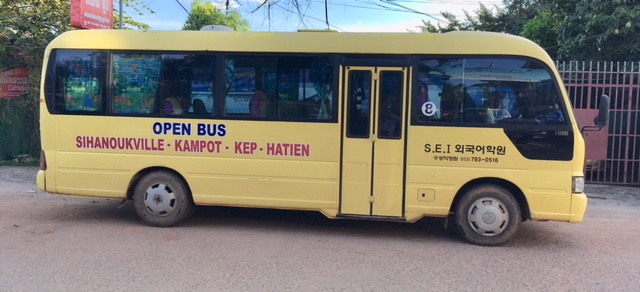
The old yellow bus took me on a bumpy five hour ride from Sihanoukville, Cambodia, through the seaside towns of Kampot and Kep to the border and, after going through a relatively simple immigration process, on to the nearby town of Ha Tien, Vietnam.
The terrain got wetter and greener as we headed towards the Mekong Delta: the brahman cattle got fatter and the gunmetal gray backs of the water buffalo, wider. Waterways, the color of black tea with milk, criss-crossed beneath the bridges, and tantalizing glimpses of sampan-style boats popped into view and then disappeared as the bus drove quickly on.
Houses and small businesses along the highway are built on stilts to accommodate the flooding of the huge Tonle Sap Lake during the rainy season, and myriads of still-water ponds sport floatillas of hot pink water lilies and other, softball-sized peppermint pink and white blossoms on three foot stems, attached to pads the size and shape of vintage tractor seats. Looking up flowering water plants of SEA later I learned that these beauties are not water lilies at all, but lotus flowers – something I’ve always wanted to see. The lotus flower is one of the most ancient and deepest symbols of our planet, especially valued by Buddhists and Hindus. “The lotus flower grows in muddy water and rises above the surface to bloom with remarkable beauty. Untouched by impurity, lotus symbolizes the purity of heart and mind.”
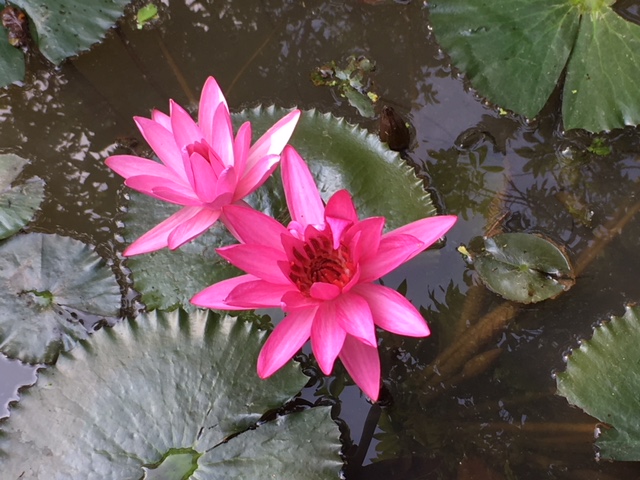
Glad to be off the bus I hefted my turquoise Patagonia pack (guaranteed to fit under any airplane seat) and walked towards the river. I used to depend on my fleet of Guardian Angels to help me find my way in foreign towns and they worked amazingly well, leading me to some astonishly perfect destinations over the decades, but I’d gotten lost in Sihanoukville the day before yesterday and walked miles out of my way, rebirthing the blisters on my heels and eventually causing me to give up and accept my very first ride on the back of a “moto” to the beach. The young motorbike driver, perhaps sensing my trepidation, drove like I was a flat of eggs riding behind him. Now I take motos regularly in places where the traffic isn’t bad.
Lying in the shade of a beach umbrella and sipping milk from a fresh, chilled coconut, I gave in, connected to the ever-present wifi, and tried out Google Maps for the first time in a foreign land. Lo and Behold – it works! There was that familiar fat blue line showing the direct path from Ochheuteal beach back to the Sinan Guesthouse, the streets named in English and Vietnamese and easy step-by-step directions. Whew. Take a break, Angels. I’ve got this.
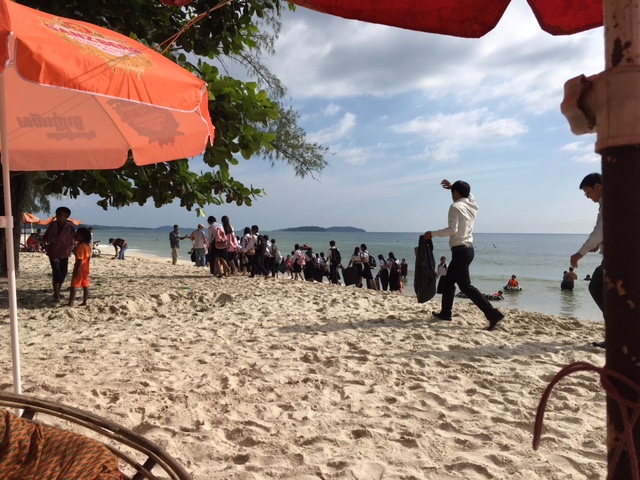
The major downside of Cambodia, for me, is the trash. OMG. The high end resorts are clean of course. Many homes and businesses sweep the area just in front of their establishments, but many just dump any and all paper, plastic, cans and styrofoam out the front door or throw it down wherever they happen to be. Perhaps there’s not much of a pickup service – certainly the city trash cans were full after the holidays and mountains of bags of garbage were piled nearby waiting to be hauled away. Still, pretty much everywhere people are living there is litter covering the land. In many of the little neighborhood restaurants it’s the norm to throw your empty cans and napkins on the floor under your table. Tropical breezes blow the napkins into the street, birds swoop in and peck up the grains of rice sticking to the floor and geckos ambush the flies that hover there. On the beach in Sihanoukville one afternoon I did see a large group of school children in their black and white uniforms, each pair of children holding the corners of a large trash bag while their free hands plucked litter from the sand to deposit in the bags. The next generation, everywhere, brings hope.
Peace has finally come to the country after several centuries of being invaded, plundered, bombed, defoliated, tortured and more. The horrors inflicted on them by the Khmer Rouge and the dictator Pol Pot are legion. One out of four Cambodians were killed under that regime and the rest of the country enslaved to work in the rice fields for 12 to 15 hours a day. Famine ravaged the country after the Vietnamese “liberated” the country in 1979 and peace didn’t really come to the Cambodians until long after the Vietnamese withdrew in 1989 and the Paris Peace Accord was signed in 1991.
What I hear from regular visitors to the country and the expats living there, is that the Cambodian people are working extremely hard to pull themselves out of the crippling poverty and other devastating effects of those horrific years, and they’re very happy to have survived it all. One can’t spent time in the country without being charmed by the people. They have the most beautiful smiles and the most incredibly upbeat attitudes imaginable. The foreigners who live among them, at least the ones I met, are committed to trying in some way or another to help. All I could do in my short time in country was to pick up a little trash, contribute a bit to the economy and cheer them on. I leave the country believing in their bright future.
Two things I’m really glad I brought with me: a light-weight tupperware box for sandwiches and restaurant left-overs and a water bottle from REI ($59. – thanks for the push, Mar) that filters any tap water while traveling – or river or stream water if you’re trekking or camping, and takes out 99.99% of all viruses, bacterias, parasites, germs, etc. Not only do I have good tasting, safe water from hotel taps but I don’t have to go out and buy water every day and I don’t have to fret over being part of the problem or deal with the take-away containers and plastic bottles that sometimes seem to be taking over the world.
My room at the Long Chau Hotel on the river front wasn’t ready when I got to Ha Tien so I left my pack in the care of the front desk and walked over to the Oasis Bar. The owner, Andy, is a Brit married to a Vietnamese lady. I’d read about his place on the web. He’s known for being extremely helpful to travelers, for having British and western food in generous quantities for fair prices, and for being a really good guy. And he is. His clientelle seems to be about 50% expats and 50% tourists. The place is small and open air, his wife and little boy are delightful, and everyone talks to each other. This was really nice for me since, with the exception of asking for food or buses or toilet paper, I hadn’t talked to anyone in days. I was feeling a tad lonely after the holidays and was having a light case of intestinal distress. Andy and two friendly fellows (one from San Antonio, one from Ireland) who come here every year, invited me to share their table and made me feel at home. A cup of Asian mint tea helped settle my stomach. I was given lots of helpful travel advice, had a bowl of vichyssoise and a baguette with sweet butter, and resolved to spend another day taking it easy here in laid back Ha Tien, recovering from the rigors of traveling. Andy changed dollars into dong for me (22,000 dong = $1.) and invited me back to celebrate both the New Year and his wife’s birthday that evening.
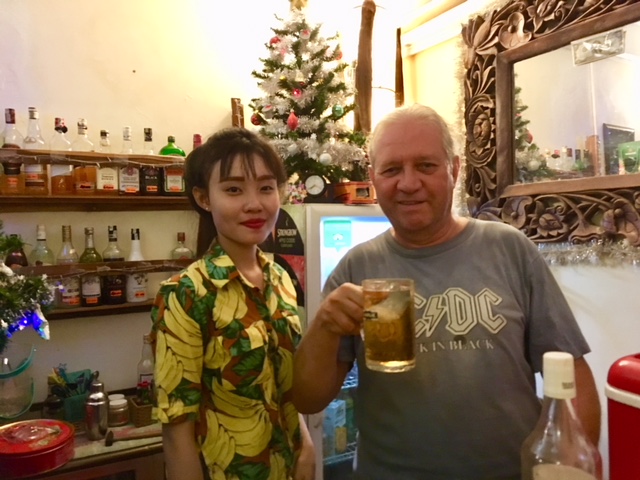
New Year’s Eve, 2017.
My room is on the fourth floor of the Long Chau hotel which overlooks the Dong Ho lake, or inlet, that flows from and into the Gulf of Thailand. My room has what I’ve heard Taos realtors call “a Zen view” of the river, meaning a teeny sliver of a view and a balcony the size of a door mat. It’s the usual Colonial style room I’ve come to expect in these older, budget hotels: high ceilings with ornate plaster work and crown moldings, smooth tile floors and heavy wooden furniture. Everything is old, the beds and pillows are hard and the fixtures show signs of time and wear. They are clean. Things I can’t do without are WiFi, AC, hot water and functioning plumbing, fresh sheets and towels in a private space with ensuite bath. Usually the bathroom has a shower that is not separated from the bathroom but is just a nozzle in the corner – often hand held – and a drain in the floor. In Ha Tien I’m paying $14. a night for this same type of room though it’s larger than most and has a real shower stall, good cable TV, an elevator and 24 hour front desk service manned (or womaned) by people who speak excellent English. CCTV cameras are installed on every floor above the elevator.
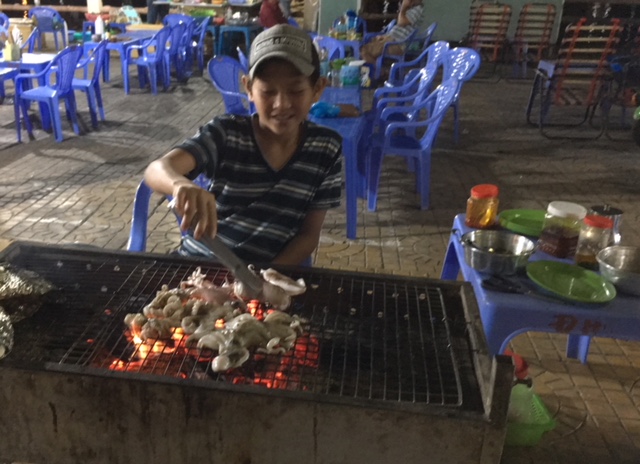
When I walked out the door in the evening, vendors were setting up hundreds of chairs and tables along half a mile of the riverside promenade. They had installed neon digital signs, loud speakers for music and were stocking large stands with an impressive variety of seafood on ice, waiting to be cooked to one’s specifications on large charcoal grills and served to you at your plastic table with your beverage of choice. Sadly, I wasn’t feeling well enough to eat anything, so I just walked the length of the promenade enjoying the perfect temperature, the happy, vacationing Vietnamese tourists, the light of the “supermoon” that shown almost full in the night sky over the silver river. According to myth, on such nights fairies dance here. I didn’t see any fairies that New Year’s Eve, but I did have a splendid time chatting it up with patrons of the Oasis Bar, eating a piece of Nyugen’s birthday cake, learning more about SEA and the world in general through the stories of these travelers. There was no way I was going to stay up to see in the New Year but I did my best. Before I left to walk back to the hotel I was sitting at a table with two Danish girls, a really cool woman named Natasha from Rotterdamn, and an entertaining reconteur from the north of England. As I was about to leave he asked us all what our local New Year’s Eve traditions are? We went around the table, ending with Danish girls who told us that in Denmark it is the custom to stand up on your chair and jump off of it at the stroke of midnight. At big parties where there aren’t enough chairs to go around, the celebrants climb onto countertops, beds, anything elevated – and all whoop, hollar and jump as the clock strikes twelve! Picturing this we all cracked up and I giggled all the way to my room.
Happy New Year All!
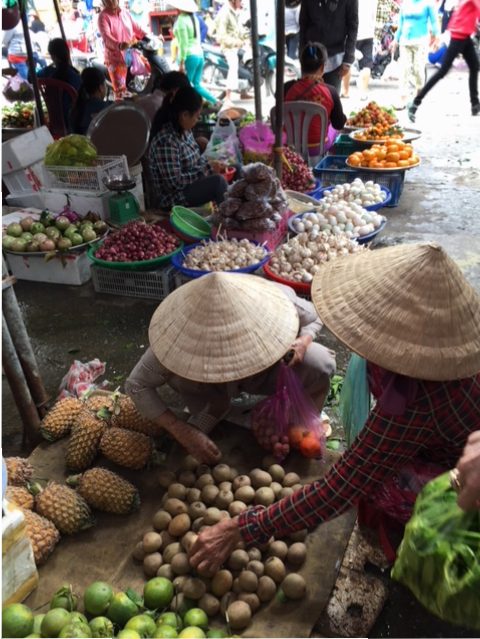
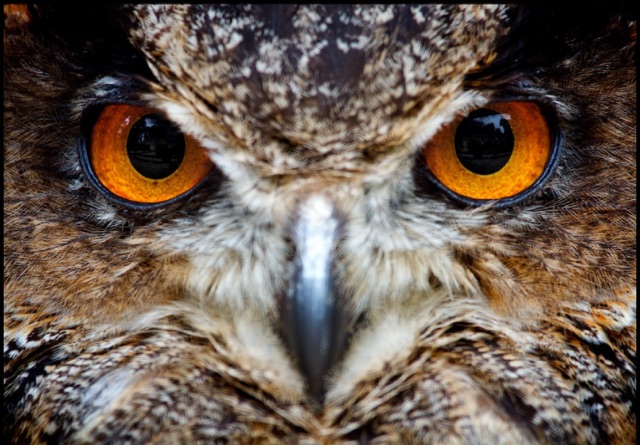
bgbobz
0sar23
nskds8
hhc8xh
j7jcjh
oeokpn
utofpd
3w4s4t
w6e7zj
0vpwej
9jkykn
kohdzo
fw4fy2
u8xsxu
gpei24
rx1hk1
hm59w9
7wb58o
f0gdwa
tbjv9p
ua0pug
m5mmz8
tjk5dv
8qsy2e
ren58g
7jdyil
ub6jxn
6g90bx
jvhw70
rygt8k
h9n7rp
nokh72
guk2r3
nikj25
lwx8a2
mno0cm
y33t90
wmib2a
kc0jwr
53wxq0
9kglug
udvwxp
ooemxd
5nu2t6
q1wbab
816yij
kna3it
d74zwl
qm3tbk
c945ya
2dlt5g
52f9yk
k3s6ag
4eml84
uznn94
sucyyo
sx7jtt